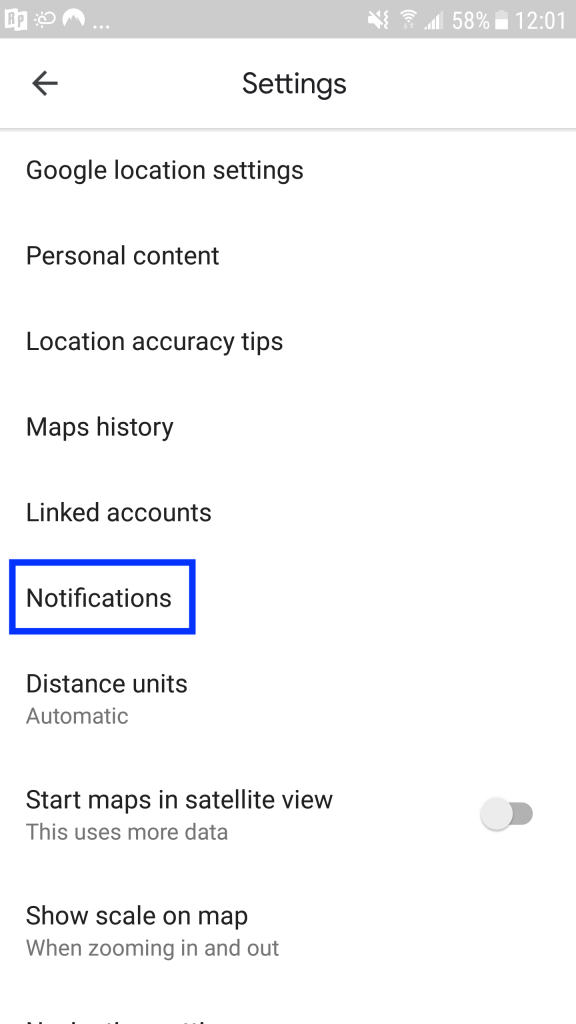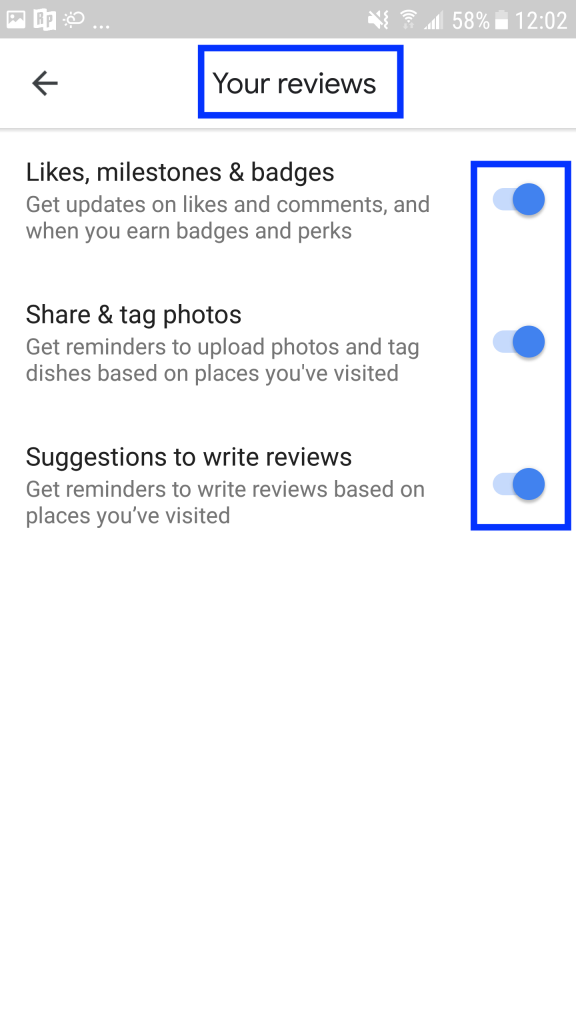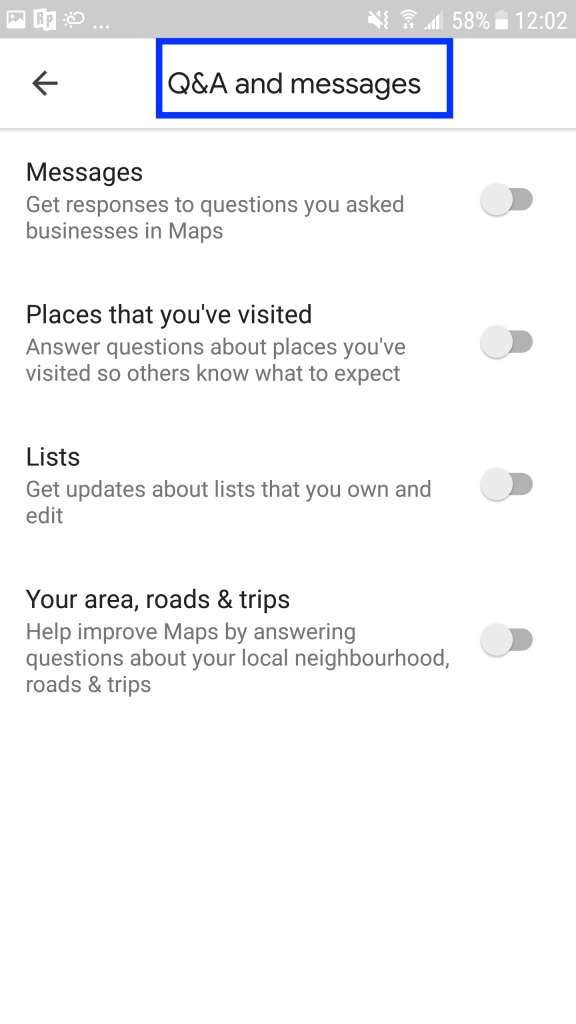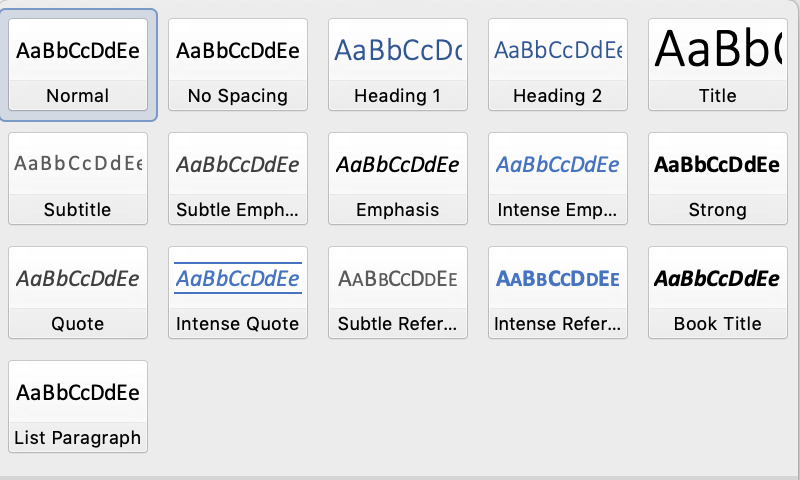A couple of months ago I purchased a bookcase online. It was part of a set that also included other things like a table and chairs, bookends, lamps, etc. all with the same theme. I checked the bookends a couple of times to see if the price would go down and then let it go. About a month after that, I checked the same website for another furniture item. The selection wasn’t great and the online reviews weren’t promising so I dismissed this company and started looking elsewhere.
The problem is that I dismissed this particular company, but they have not forgotten about me. Every item that I looked at more than once on their website, clicked on to read a more in-depth description, or price compared with another site has been emailed to me repeatedly by the company. I receive emails from this company non-stop, sometimes multiple ones on the same day.
The emails are tailored to “match” my interests. For example, many of the emails advertise the bookends I looked at more than once. Or sometimes the emails alert me to a sale going on, especially if one of the items I was interested in is part of it.
Part of me wants to appreciate this customized attention I’m getting from the company. In some ways it’s a nice courtesy to be alerted when an item I’m interested is going on sale. Or to be notified about other items I might enjoy based on past purchases.
However, the other part of me feels creeped out and almost irritated by the constant bombardment of emails. It’s like being hounded by an aggressive sales person in a store when you’re really there to browse and take your time. Even though I’m sometimes tempted to look at the items in these targeted emails, eventually I get so irritated by all the emails junking up my inbox that I end up unsubscribing, or deleting them without looking.
I’ve known for a long time that my online actions are followed, tracked, and acted upon by companies looking to make money off of me. But sometimes it’s so obvious it has the opposite effect on me. Some people enjoy this personalized attention, but for me, it makes online holiday shopping almost as annoying as dealing with the long lines and hoards of people in brick and mortar stores.






